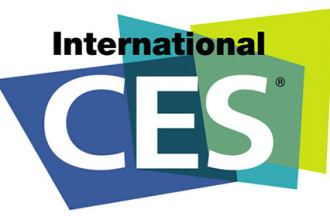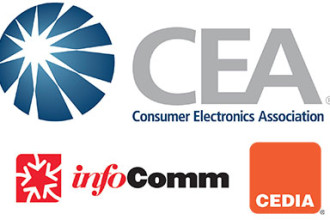Opportunities for growth in 2013
 Recently I gave a CEDIA presentation to a group of contractors discussing how to make home technology profitable in the remodeling industry. In preparing for that presentation, I realized the facts and figures I found not only pointed them in a certain direction it painted a pretty clear picture for Home Technology Specialists too! It is my opinion that in order for integrators to thrive and grow we must understand that home entertainment is but one sliver of our offering and quite frankly not the sliver that presents the most potential for increasing revenue. I’m sure I’m preaching to the choir and you’re already offering and promoting these other services but maybe not. So here’s the numbers. Tell me what you think.
Recently I gave a CEDIA presentation to a group of contractors discussing how to make home technology profitable in the remodeling industry. In preparing for that presentation, I realized the facts and figures I found not only pointed them in a certain direction it painted a pretty clear picture for Home Technology Specialists too! It is my opinion that in order for integrators to thrive and grow we must understand that home entertainment is but one sliver of our offering and quite frankly not the sliver that presents the most potential for increasing revenue. I’m sure I’m preaching to the choir and you’re already offering and promoting these other services but maybe not. So here’s the numbers. Tell me what you think.
Home Entertainment Stagnant
The Consumer Electronics Association estimates that overall CE sales will grow 4.5% in 2013 to a record 215 billion dollars. However, approximately 40% of that total is comprised of smartphone and tablet sales alone. In 2012, the only other CE category to grow was gaming consoles while products like televisions fell (2% LCD, 23% plasma, small TVS tanked). The CEA also reported that while consumer confidence was up, consumers were still apprehensive about spending. Research also indicated that consumer sentiment towards electronics was stale save their enthusiasm for tablets and smartphones. Finally, 4K will not reinvigorate this segment as the CEA predicts 4K market penetration to be a measly 5% by 2016.
Areas of Growth
According to a 2013 report by the Joint Center for Housing Studies of Harvard University, the remodeling industry is officially in recovery. It found, as we already suspected, that companies in the remodeling industry who were able to survive the recession are now seeing increased revenue growth and low failure rates. This same report highlighted two areas of growth in home improvement spending- Sustainability and Aging in Place.
Sustainability
The JCHS found that energy-related projects increased sharply to 33% in 2011 and about 25% of households undertaking home improvements indicated that one or more projects were done for energy efficiency purposes.
According to the EIA, households who make 50K or more per year spend approximately 9% of their income on energy consumption. In 2010, the EIA found that 28% of energy consumed in the home was from heating/cooling, 14% from lighting, 10% for computers/TVs/Set top boxes. Home Technology has a direct impact on energy consumption making our ability to aid the consumer in reducing energy costs a major opportunity for sales.
Aging in Place
A recent AARP study revealed that 78% of those aged 50-64 wanted to remain in their homes as they age. This is what is referred to as “Aging in Place” and is defined as the ability to live in one’s own home and community safely, independently, and comfortably, regardless of age, income or ability. In 2011, homeowners age 55 and over accounted for 45% of home improvement spending. Older homeowners are driving demand for home improvement projects. As it pertains to our industry, Aging in place and the need for universal design will continue to drive the need for technology that aids in communication, monitoring, safety and security. User interfaces will also need to be simple & intuitive, a key Universal Design Principle.
In conclusion, to take advantage of these opportunities, promote equally all aspects of home technology. Evaluate your branding, marketing and sales approach and be sure to promote home automation including lighting, shades, HVAC and security integration in addition to home entertainment. Home entertainment can no longer be your primary push.
Sources:
CEA http://www.ce.org/Research.aspx
EIA http://www.eia.gov/tools/faqs/faq.cfm?id=96&t=3
JCHS http://www.jchs.harvard.edu/research/publications/us-housing-stock-ready-renewal
Wikipedia http://en.wikipedia.org/wiki/Aging_in_place





